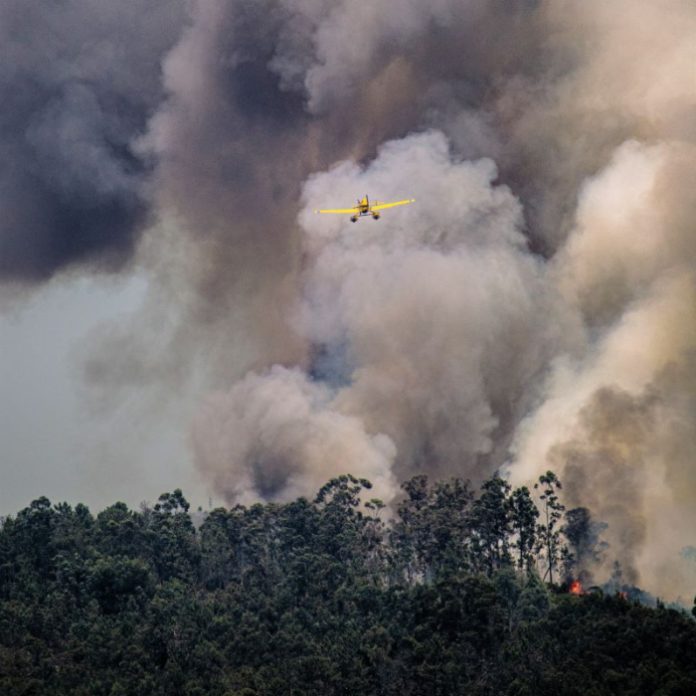Canada has been facing widespread and destructive fires raging for weeks with some civil society organizations and NGOs stressing the urgency for sustainable forest management and Indigenous leadership, while others blame industrial logging, which weakens trees and sparks fires.
The Canadian wildfires have resulted in forest land loss seven times greater than the annual sustainable harvest by Canadian foresters, according to Derek Nighbor, president, and CEO of the Forest Products Association of Canada (FPAC).
When asked whether he believes the paper industry has a partial responsibility in the fires, Nighbor told Packaging Insights “It’s quite the opposite, sustainable forest management is one of the most powerful tools to address this growing risk to human health and lives. Simply protecting forests across a natural fire-prone region like the boreal is neither an effective climate strategy nor an effective public safety plan. This is further supported by findings of Parks Canada that show many of Canada’s parks are now net carbon sources due to worsening natural disturbances. We need more active sustainable forest management, not less.”
Canadian paper production
Most of Canada’s paper packaging is produced with recycled content, a spokesperson at the Paper and Paperboard Packaging Environmental Council (PPEC), tells Packaging Insights. “Although the paper fibers originally came from a tree, the Canadian paper packaging industry doesn’t use many freshly cut trees, and the little that is harvested must be successfully regenerated.”
However, Greenpeace Canada says that the packaging products the industry purchases come largely from industrial logging, which reduces forests’ overall resilience. “In parts of Canada, the forests are even sprayed with herbicides that suppress fire-resistant tree species and therefore increase more fire-prone monocultures for the industry to log,” Shane Moffat, head of the nature and food campaign at Greenpeace Canada, told Packaging Insights.
But PPEC highlights that the council’s research shows that most of Canada’s three major paper packaging grades are made from recycled content (81.7%) and not virgin trees. “The mixture of using primarily recycled content, along with some new fibers from sustainably managed forests, is an important component to paper packaging’s circular economy,” says PPEC in a press release.
FPAC’s president and CEO Nighbor adds that the recent closure of a paper mill south of the Canada/US border in North Carolina, US, has had foresters talking about how important these mills are to keeping forests healthy and resilient.
Sustained and collective effort needed
To solve the problem of forest fires, Moffat says GHG emissions that are stoking the fires need to be reduced. “We also need to stop treating the forest as a disposable commodity for industry and instead put in place much stronger protections to ensure its natural defenses to fires are working well.”
“In Canada and around the world, this requires returning forests to the governance of Indigenous Peoples, many of whom have developed sophisticated fire management practices over thousands of years,” stresses Moffat.
“We also need to better support and fund Indigenous communities and municipalities to build fire breaks around their communities through thinning and more active management of regional forests. This is expensive work and these communities that continue to face downloading pressures cannot afford to go it alone. It’s going to take a sustained effort,” asserts Nighbor.

















